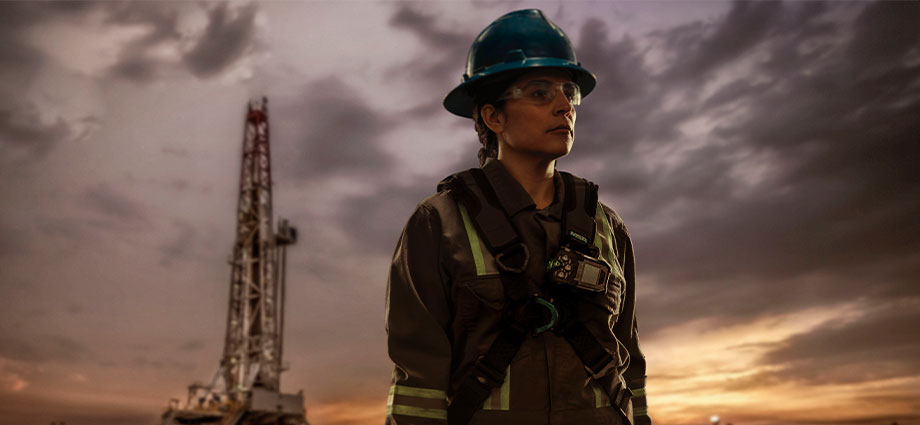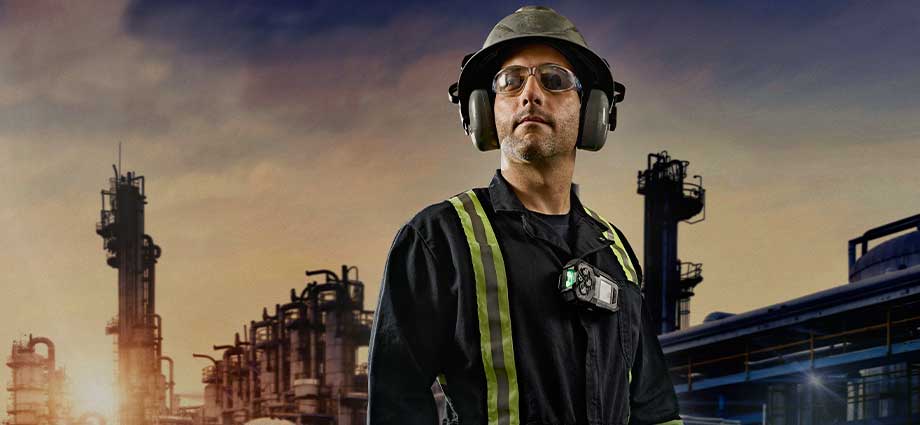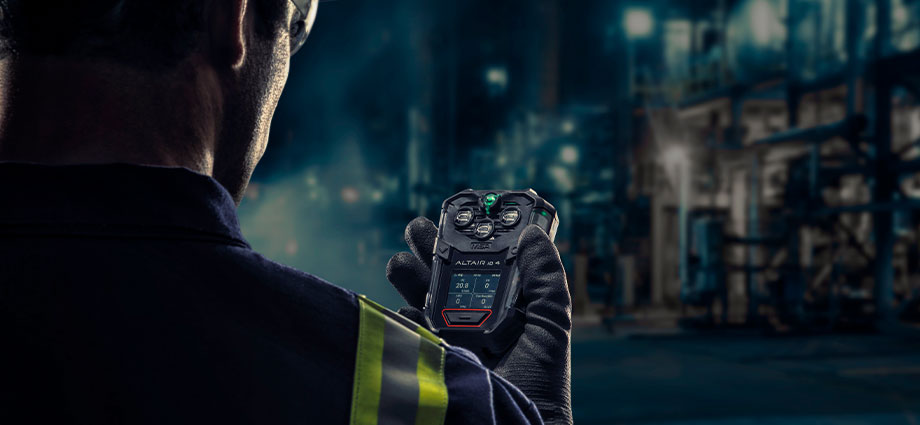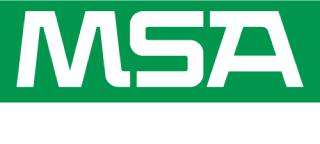
Connected devices are used every day in our personal lives, but not as much in the workplace, where safety program challenges can often include:
- Safety awareness and accountability across the organization as well as individually
- Cumbersome, antiquated processes for compliance and record keeping
- Easy access to data and gathering actionable insights
And these challenges could impact worker and worksite safety when it matters most.
There are more than 50 million lone workers in the US, Canada, and Europe, with the most common industries being oil and gas, telecommunications, utilities, construction, and industrial contractors.¹
But the fatality rate for oil and gas workers is 7x higher than other industries, according to the CDC.²
Developing an effective connected safety program requires that PPE and wearable devices that are already needed are able to seamlessly connect to the cloud and to software – to help improve visibility of workers and worksites across your organization.
Here’s how:
Connected Workers
Providing workers with connected PPE and detection wearables can help to improve worker safety and ensure that lone workers are not alone. Connecting workers gives safety managers visibility into:
- Compliance of device use and faulty safety behaviors, including turning off an instrument or changing settings
- Workers’ locations, gas readings, and alarms
- Safety behaviors in the field, and whether new training specific to individuals is needed
Connected Worksites
It can be difficult to difficult to manage assets across different sites and keep remote teams productive. Connecting worksites gives safety managers visibility into:
- Teams and assets, including worker position and activities and which devices require maintenance
- External and environmental factors, such as temperature or humidity
- Intelligent mapping and zone segmentation, automated digital follow-ups, alarm sharing, and heatmapping to help drive operation-wide safety
Connected Workflows
With connected workflows, you can get the safety management data and insights to help not only improve safety, but also streamline compliance and productivity. This visibility can allow organizations to:
- Automate compliance and help to reduce false alarms, remove asset-related risks, and lower the cost of downtime
- Determine if instruments have been configured correctly and are compliant in testing and while in use
- Create comprehensive reports in an industry standard format
A seamlessly integrated solution of connected PPE and cloud-based systems provides visibility of your workers, worksite, and workflows that can make all the difference and help organizations drive a proactive safety culture over time.
Learn more here.
Sources:
[1] https://www.ishn.com/articles/104413-how-to-protect-remote-lone-workers








